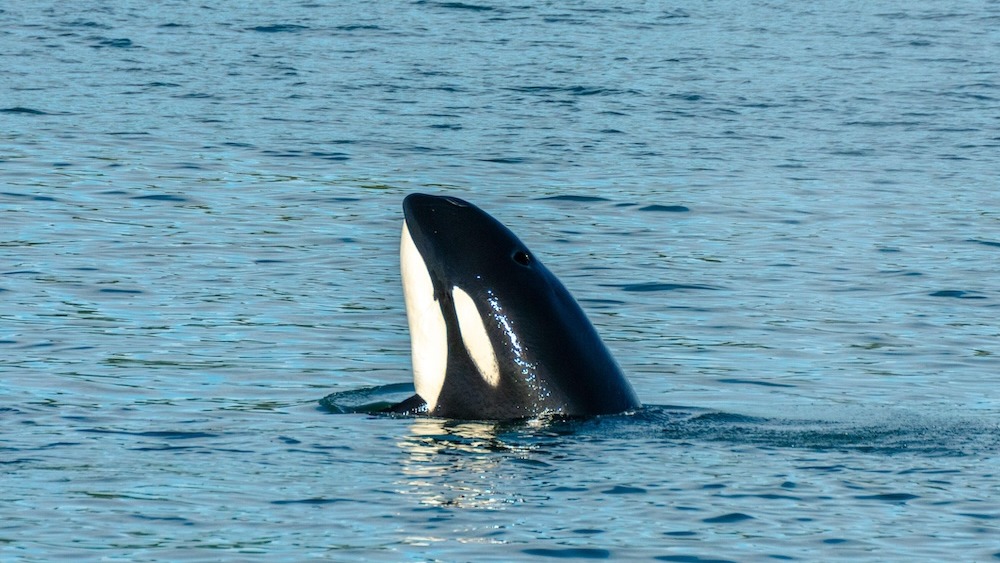
Orcas have long been categorized as a single species, although some scientists have questioned this classification in recent decades. Now, researchers propose that two orca populations in the eastern North Pacific Ocean are actually two distinct species.
In a study published March 27 in the journal Royal Society Open Science, the scientists compared two groups of orcas (Orcinus orca) — resident and Bigg's killer whales — and cited a number of distinct differences.
For example, resident killer whales have more rounded dorsal fins and are known for being part of tight-knit pods that prey on salmon and other fish. Bigg's killer whales (also known as transients), by contrast, have dorsal fins that are more pointed and straight. They also travel in smaller groups than resident orcas and predominantly hunt larger animals, such as seals and other whale species. The latter is named after the late Canadian scientist Michael Bigg, who was the first person to describe differences between the two groups, according to a statement from the National Oceanic and Atmospheric Administration (NOAA).
Not only are the groups distinct in their behaviors and diets, but genetic data collected from decades' worth of previous studies show that the orcas "likely diverged" approximately 300,000 years ago and "come from opposite ends of the killer whale family tree," according to the statement.
Related: Brutal footage shows orca mom and son team up to drown another pod's calf
"We started to ask this question 20 years ago, but we didn't have much data, and we did not have the tools that we do now," study lead author Phillip Morin, a population geneticist at NOAA's Southwest Fisheries Science Center, said in the statement. "Now we have more of both, and the weight of the evidence says these are different species."
In other words, despite swimming in the same waters, the two groups never actually mixed.
"There is no interbreeding," Morin told Scientific American. "They could, based on their proximity, but they don't."
Scientists propose that residents should be called Orcinus ater, a species name that is Latin for "dark" or "black." The team is working with Indigenous North Americans to find a common name for the species. Meanwhile, they propose that Bigg's killer whales keep that common name and adopt the scientific name Orcinus rectipinnus, which is Latin for "upright fin," according to the study.
A taxonomic committee from the Society for Marine Mammalogy is expected to review the new scientific names, Scientific American reported.







